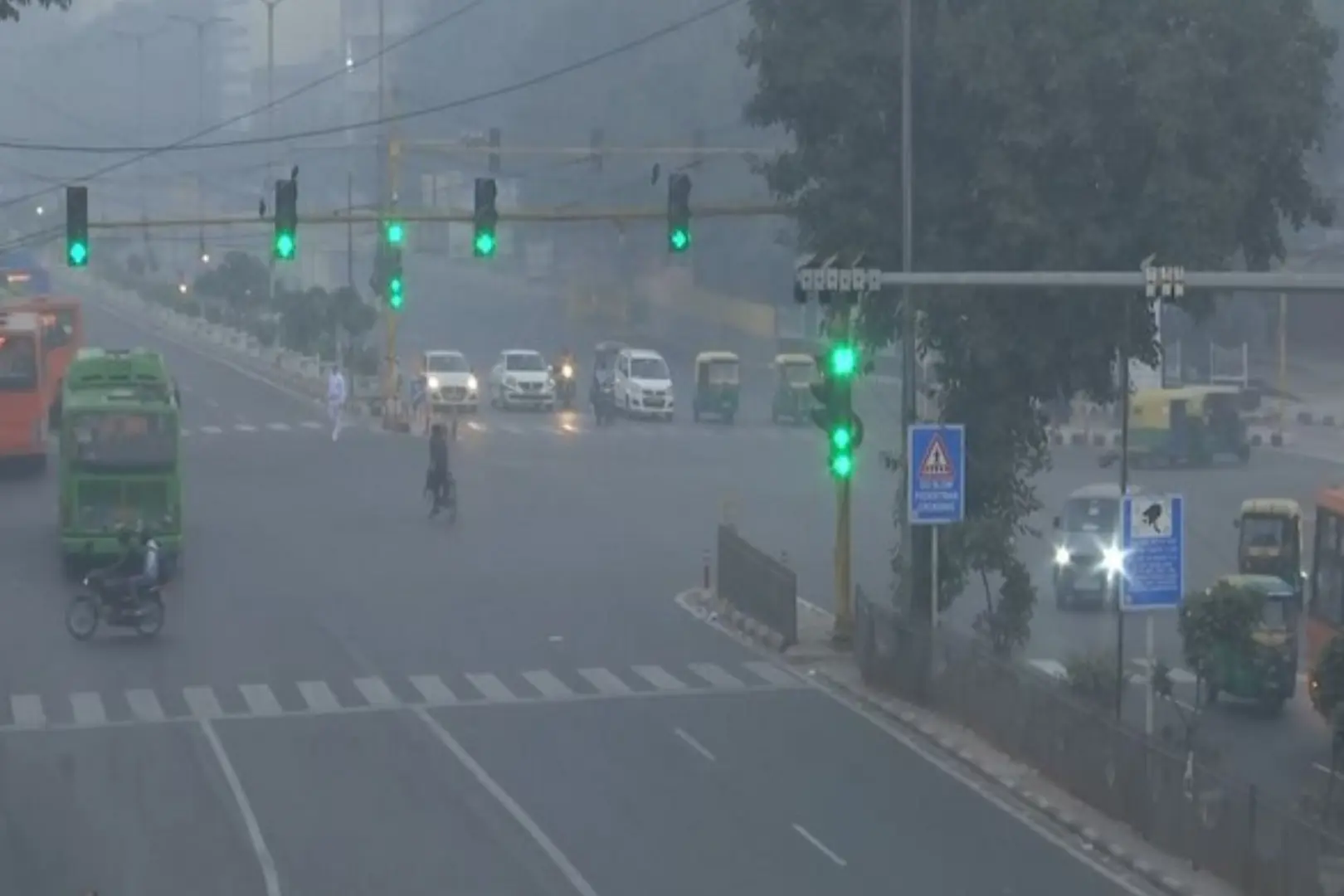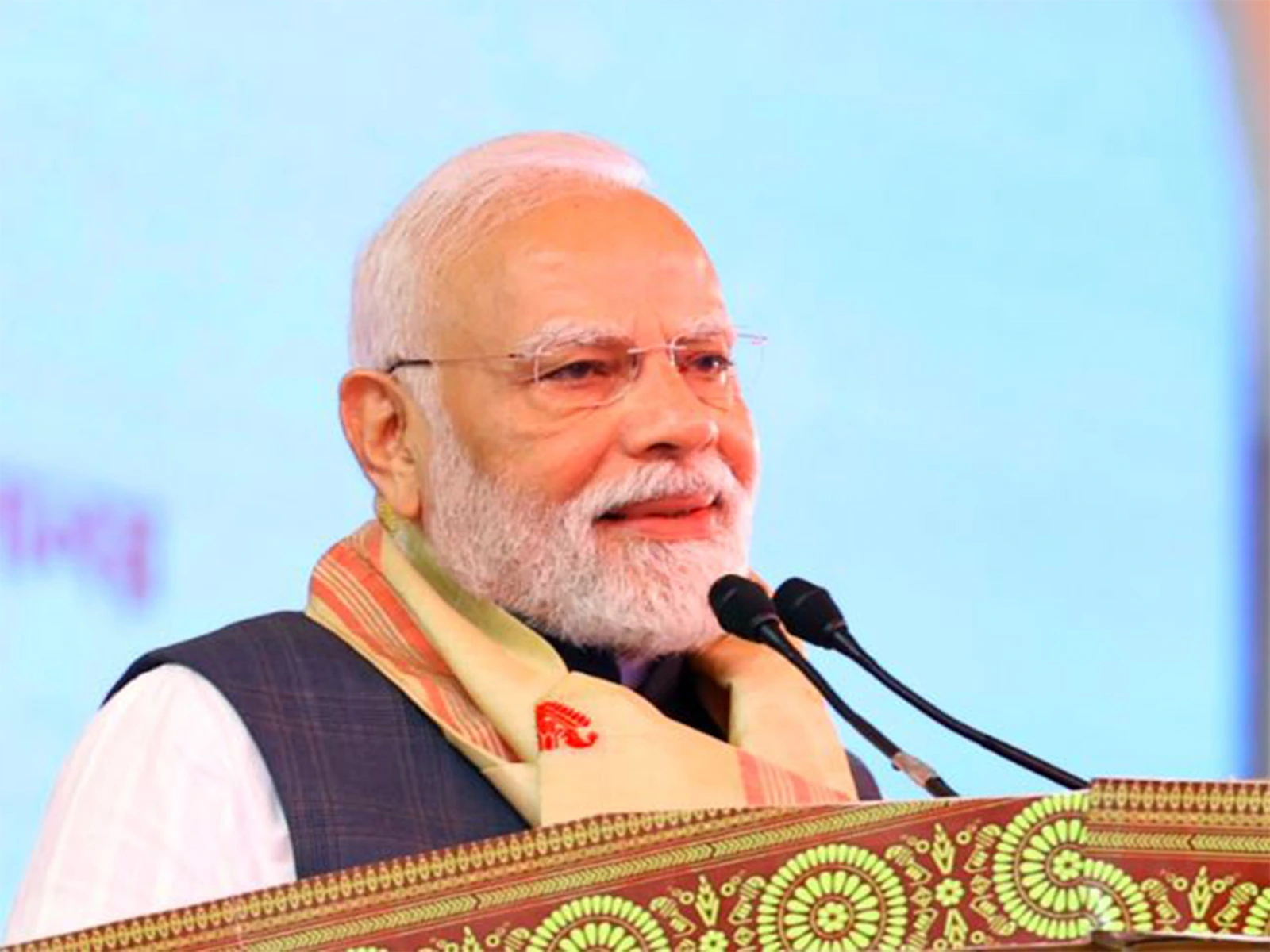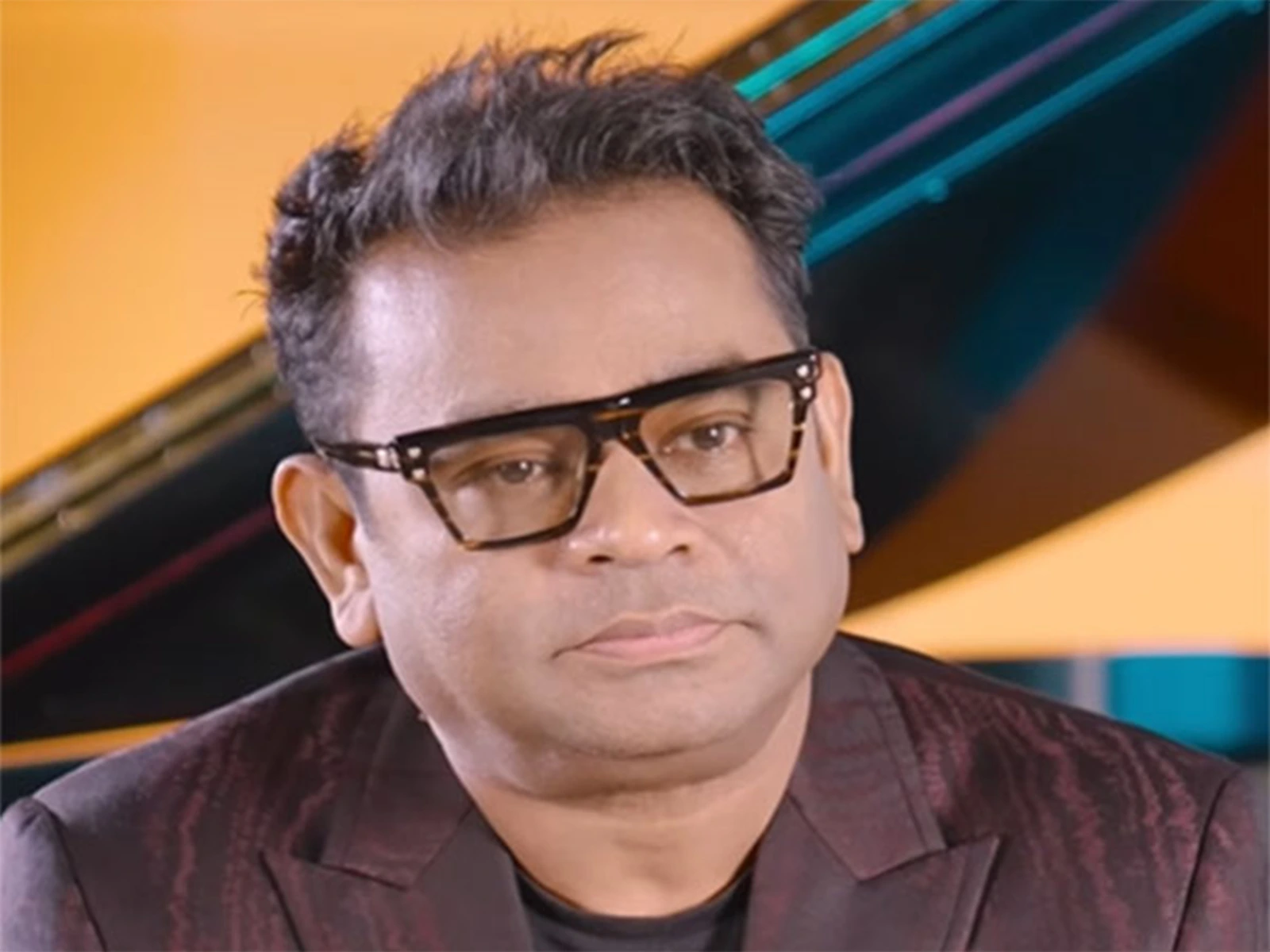12-Nov-2024, 10:54 AM
Residents of Delhi are increasingly alarmed as the Air Quality Index (AQI) consistently remains above 300, categorizing it as “very poor” and often reaching hazardous levels. The situation has become critical, particularly following the Diwali celebrations, when the AQI soared to alarming heights, exceeding 500 in some areas, which is over 65 times higher than the World Health Organization’s acceptable limits for PM2.5 particles.
The persistent pollution crisis has prompted calls from residents and experts alike for long-term solutions rather than temporary fixes. Current measures, such as the implementation of the Graded Response Action Plan (GRAP-II), have shown limited effectiveness in combating the worsening air quality.
Many locals express frustration over the government’s reliance on costly short-term interventions like smog towers and cloud seeding, which do not address the root causes of pollution.
Health Impacts
The health implications of this ongoing pollution crisis are severe. Surveys indicate that a significant percentage of residents report respiratory issues, including sore throats and coughs, with many experiencing eye irritation due to the toxic air.
Local testimonials highlight the daily struggles faced by individuals; for instance, a resident noted that even stepping outside can lead to a burning sensation in the throat
. As winter approaches, conditions are expected to worsen due to increased smog formation and stagnant air, which traps pollutants close to the ground.
Community Response
In response to these dire circumstances, community members are demanding more substantial action from authorities. Residents argue that the government must engage in discussions with neighboring states like Uttar Pradesh and Punjab, whose agricultural practices—specifically stubble burning—contribute significantly to Delhi’s air quality issues.
. Environmentalists advocate for a phased approach similar to strategies employed in cities like Beijing, emphasizing the need for comprehensive reforms in transportation and industrial emissions
Conclusion
As Delhi grapples with its air quality crisis, residents are united in their call for effective long-term solutions. The current state of affairs not only endangers public health but also underscores the urgent need for coordinated efforts between local and state governments to tackle this pressing environmental challenge. Without decisive action, the air quality in Delhi may continue to deteriorate, posing grave risks to its inhabitants.




